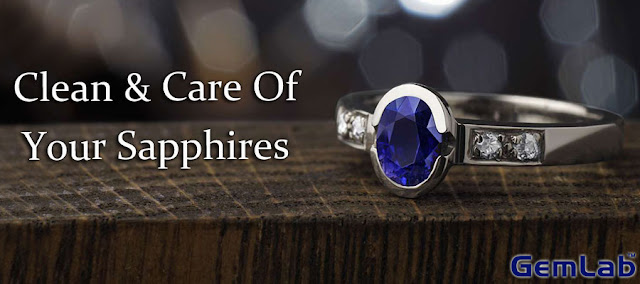why would we u se tanzanite gem stone
why would we u se tanzanite gem stone
The dichroscope separates the polarized rays so that they may be observe side by side.
Procedure:
- Place the gemstone on the rotating platform of the dichroscope holder table down.
- Direct light onto the gemstone.
- View the stone through the dichroscope.
- Slowly turn the rotating stage so as to view to all directions.
- Look for different colors or shades of the color.
Factors:
- Dichroism is only seen in “Doubly Refractive” gemstones.
- It is not seen in gemstones that display “Anomalous Birefringence”.
- Maybe very weak or even undetectable.
- Not seen in colorless doubly refractive gemstones or along an optic axis.
- Exact colors are not important.
- Helpful in distinguishing:
- Blue Sapphire from Synthetic or Natural Blue Spinel.
- Ruby from Garnet or Spinel.
- Emerald from Demantoid or Tsavorite Garnet.
- Any doubly refractive gemstone (i.e. Amethyst) from Glass.
Dichroism can also be use in color grading color gemstones.
i.e. Blue Sapphire describe as Greenish/BLUE
Dichroism can also be detect by using a polarizing filter. If it is rotated against a gem, first one color will be seen (caused by one polarized ray) and then another. It can also be seen simultaneously by using a piece of suitably cut polaroid.


Comments
Post a Comment